The L.Q.C. Lamar House is many things...
Built by Lucius and Virginia Lamar in 1869-70, the house originally sat on 30 acres. Today the remaining three acres between 616 N. 14th Street and N. 16th create a park-like setting in the heart of Oxford. Benches offer a private, tranquil place to read a book, chat with a friend, or simply relax.
An imposing likeness of L.Q.C. Lamar faces the front porch, a fitting companion to the relaxed William Faulkner outside City Hall. Taylor artist Bill Beckwith sculpted both, as he did B.B. King for the singer’s museum in Indianola. A state champion osage orange tree, estimated to be 150 years old, claims a unique presence on the property.
As Oxford rose from the ashes, Lamar prepared to become a statesman in his house. Today the handsome Greek Revival retains its original appearance along with a few of its original furnishings. Verging on collapse, it went through a meticulous year- long restoration completed in June 2008. A short video captures that process.
Professionally designed exhibits complement the interior of the house. They tell Lamar’s story against the backdrop of a divided nation. Through both its tragic split and difficult reunion, politics shaped Lamar’s life.
Visitor Comments: “A lot to learn here.”
“Much is relevant to today.”
“The most tasteful and appropriate exhibit I’ve ever seen.”
“An incredibly enjoyable and informative experience.”
Our Mission:
The mission of the L.Q.C. Lamar House Museum is to interpret the life and career of the distinguished 19th-century statesman L.Q.C. Lamar within the context of his times and to encourage the ideal of statesmanship in the 21st century.
A National Historic Landmark
In 1975, the L.Q.C. Lamar House was designated a National Historic Landmark for its significance to “Political and Military Affairs 1865-1900.” There are two other NHLs in Oxford, MS, both also historic houses. In different categories of significance, they are Rowan Oak and Ammadelle.

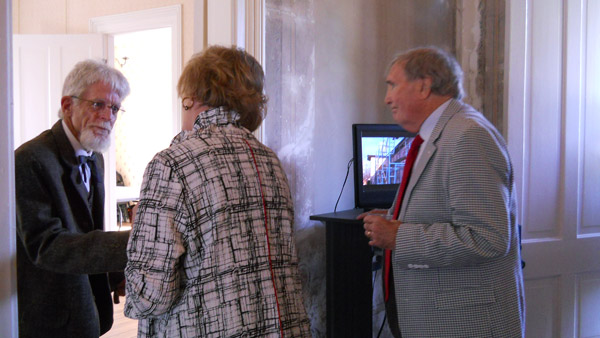
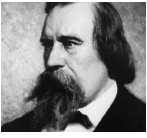


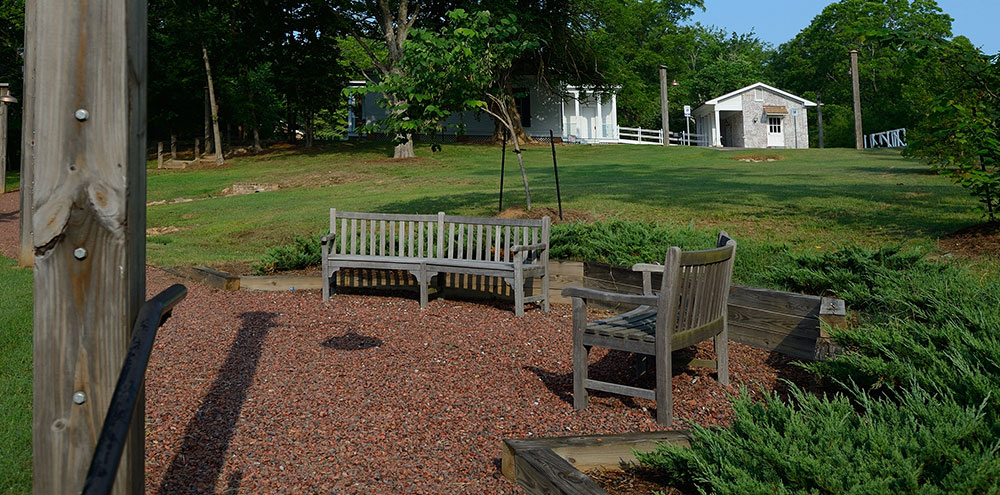

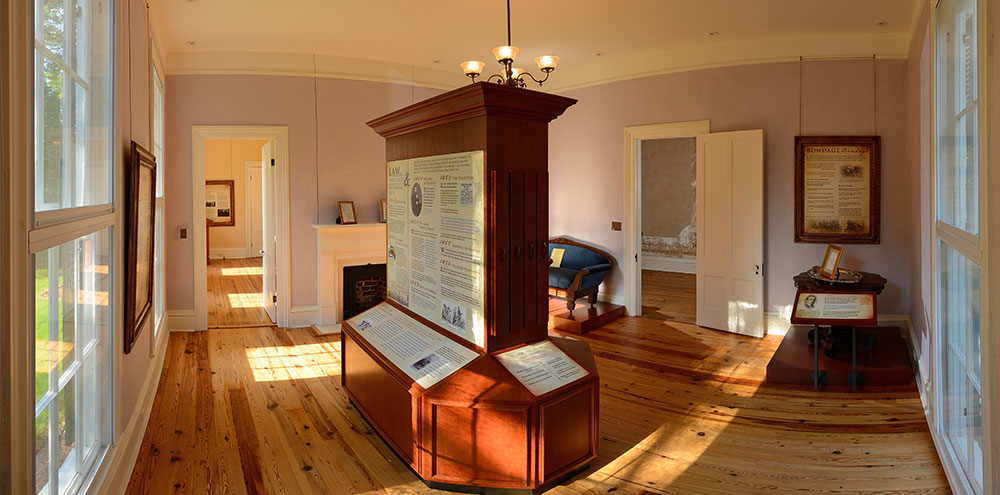

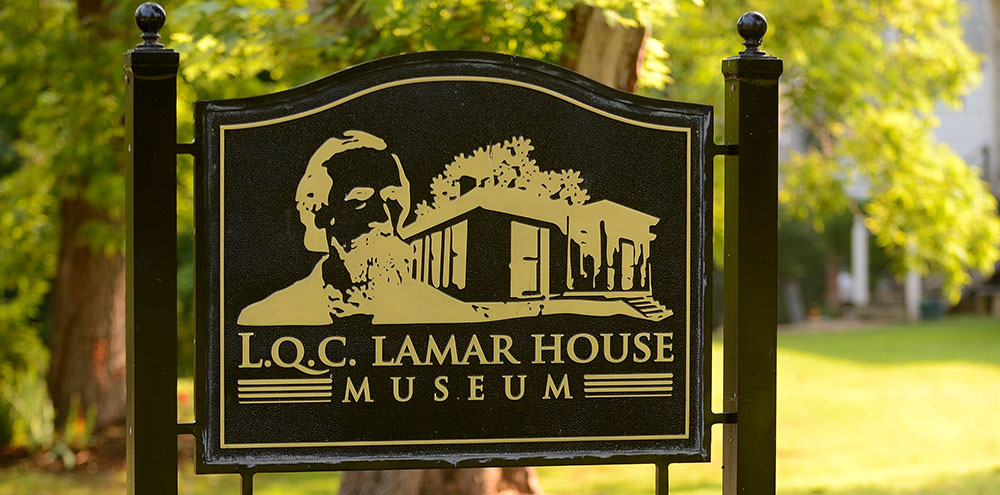
.jpg)



